By Zorelock Updated Jul.05,2025
When evaluating a signal jammer’s performance, effective jamming range is the most important metric. In general, the higher the jammer's transmission power, the farther its range. However, just like all radio signals are subject to physical constraints, a signal jammer’s range—whether targeting drones, mobile phones, or walkie-talkies—is affected by a variety of conditions.
This article outlines both internal and external factors that influence jamming distance and concludes with a reference chart of typical jamming distances to help readers gain a complete understanding of this topic.
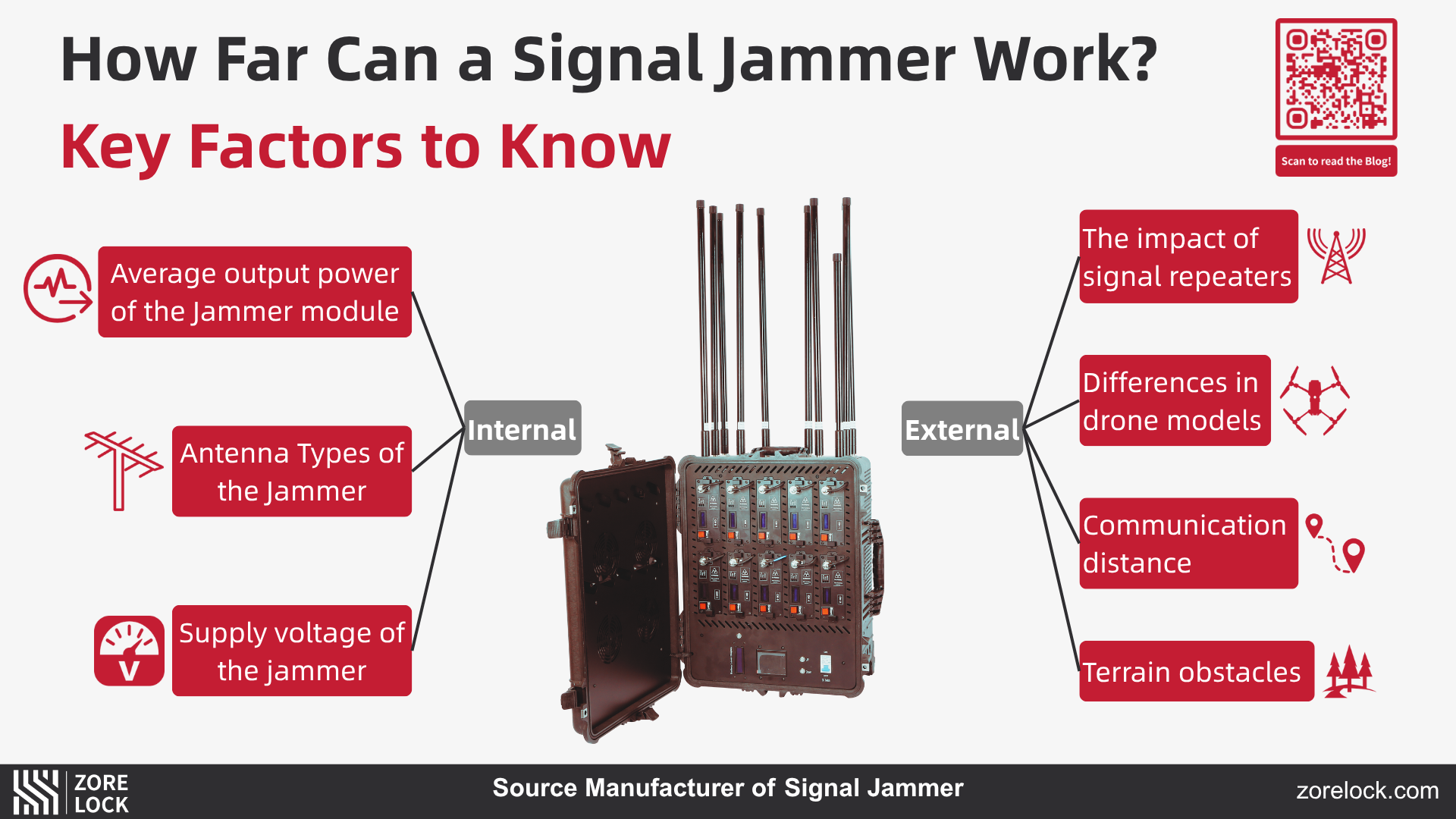
The signal jammer module is the core component of any jammer. Its output power directly determines the signal strength. Most modules on the market offer 50W (47dBm) or 100W (50dBm) of output. However, these numbers represent the total power across the entire frequency band, typically measured by connecting the module to a power meter.What really determines jamming performance is the average power per MHz:
Average Power = Total Power / Bandwidth
Some people dispute this formula, claiming that a VCO (Voltage Controlled Oscillator) generates only one frequency at a time, so every frequency point should theoretically receive full amplifier gain. In that ideal case, each frequency point would experience the module's maximum output.
However, in real-world engineering, this assumption rarely holds due to factors like sweep speed, dwell time, gain flatness, and nonlinear control voltage curves. Therefore, calculating average power using the total power divided by bandwidth provides a more practical understanding of performance.
Let’s illustrate with an example: Suppose two jammers each have 100W total power.
Jammer A covers 2400–2500MHz → Average Power=100W / 100MHz = 1W/MHz
Jammer B covers 2200–2700MHz → Average Power=100W / 500MHz = 0.2W/MHz
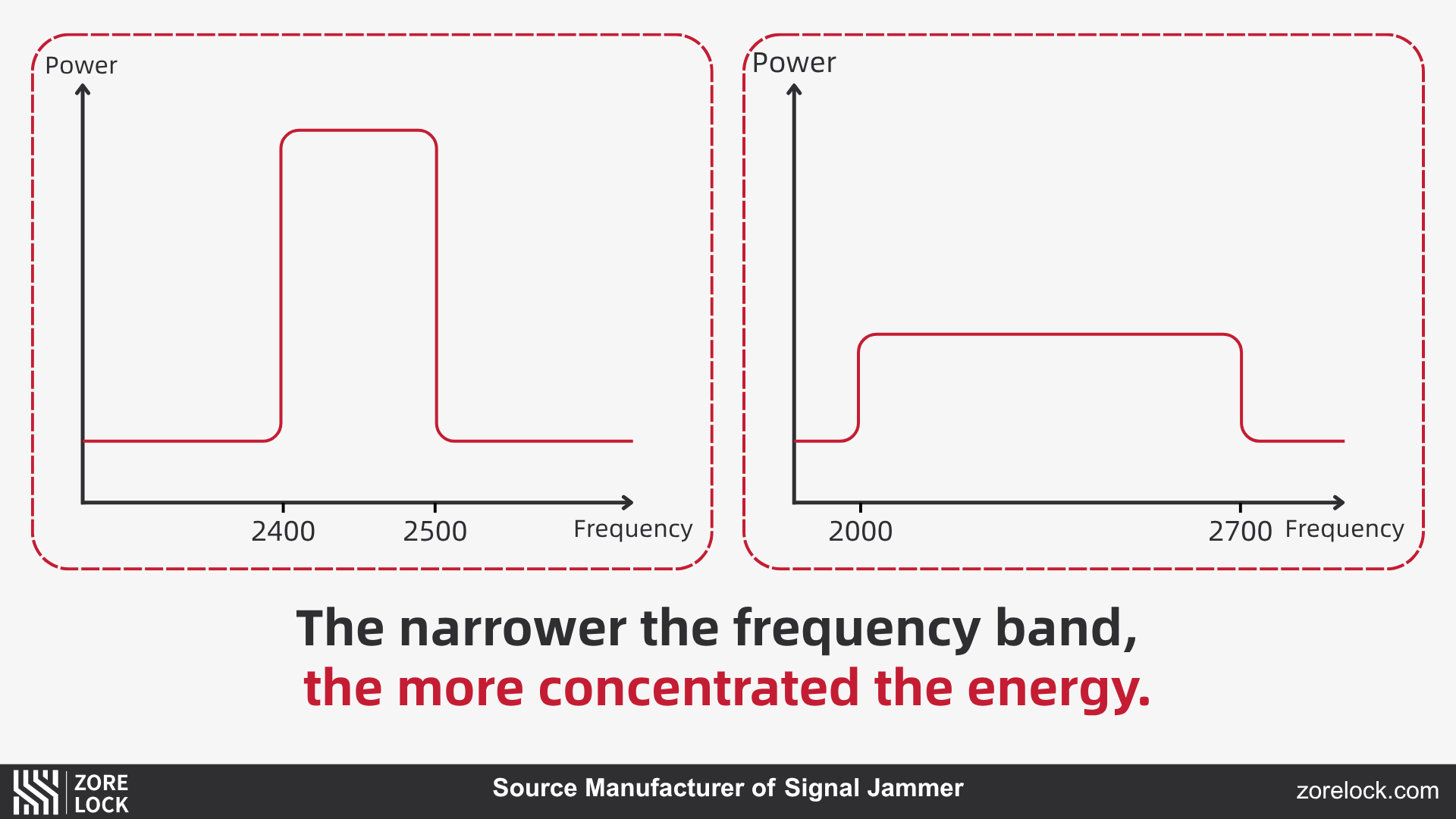
This clearly shows that Jammer A, with its more concentrated energy, is better suited for jamming the 2.4GHz band (2400–2485MHz), and will achieve a longer jamming range.
That's why we always advise customers to consider average power, not just total power. If the average power is too low, the jammer’s actual performance will significantly drop.
Antennas generally fall into two types:
Omnidirectional: Covers 360° horizontally, suitable for broad coverage
Directional: Focuses signal in one direction like a flashlight, allowing for longer range at the cost of reduced coverage in other directions
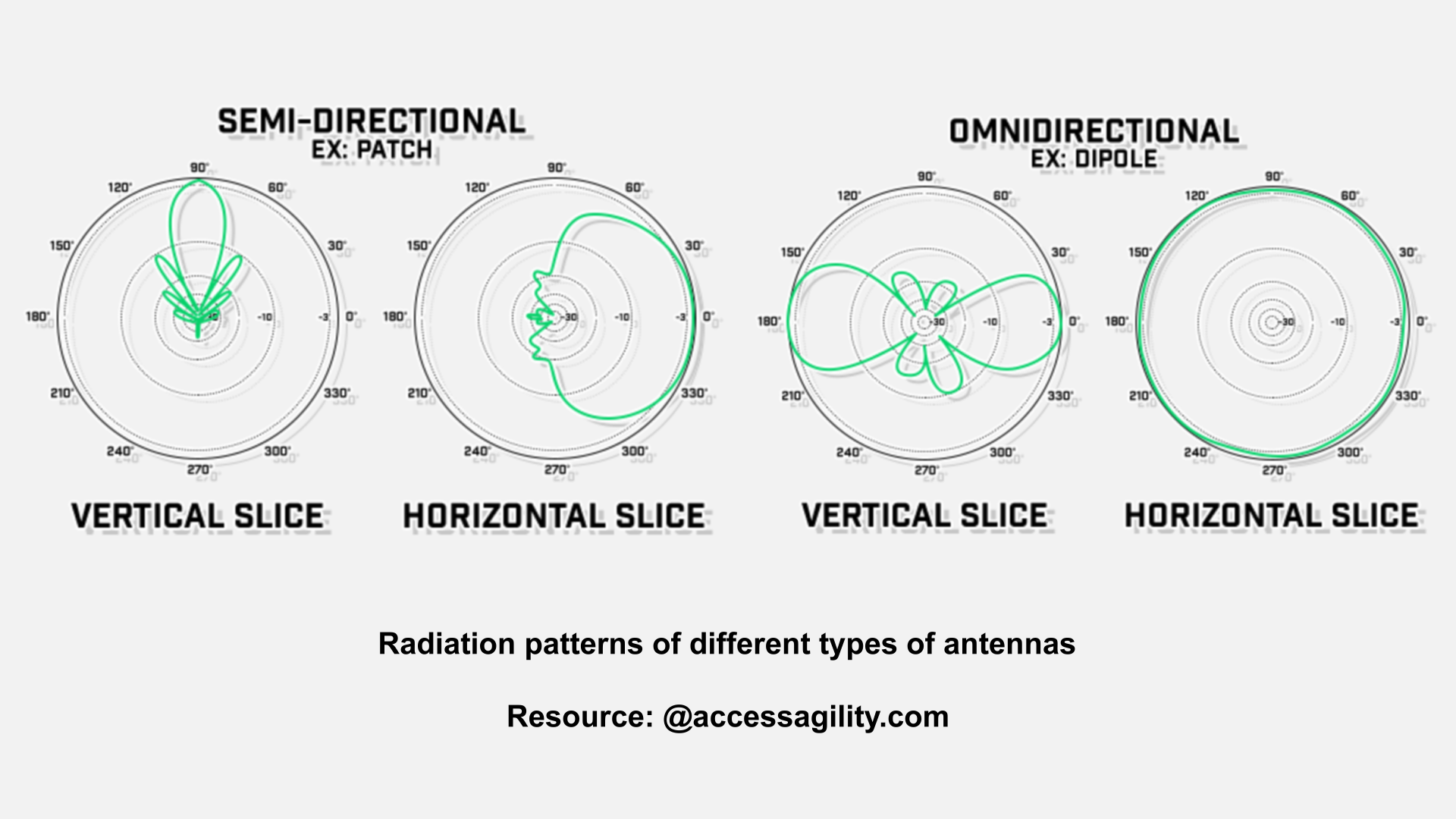
Choosing the right antenna type based on your use case is critical when purchasing a signal jammer.
This is a variation of the average power factor above. If the jammer’s voltage supply drops, the output power of the module drops too. This issue is especially common with battery-powered portable jammers.
As lithium batteries drain, their voltage drops. The jamming module can no longer sustain full power output, resulting in reduced jamming range.
So, when using a portable jammer, always evaluate its performance based on the battery level.
Radio communications generally occur in two ways:
Device-to-device (direct): Easier to jam. Common with walkie-talkies, drones, wireless headsets.
Via signal repeaters: Much harder to jam. Common with mobile phones, satellite phones, and certain drones.
The second case is especially challenging. Take mobile phones in a city: the real signal source isn’t the phone, but the base stations around you. These are installed on rooftops and transmit signals using panel antennas with power levels from 50W to 200W.
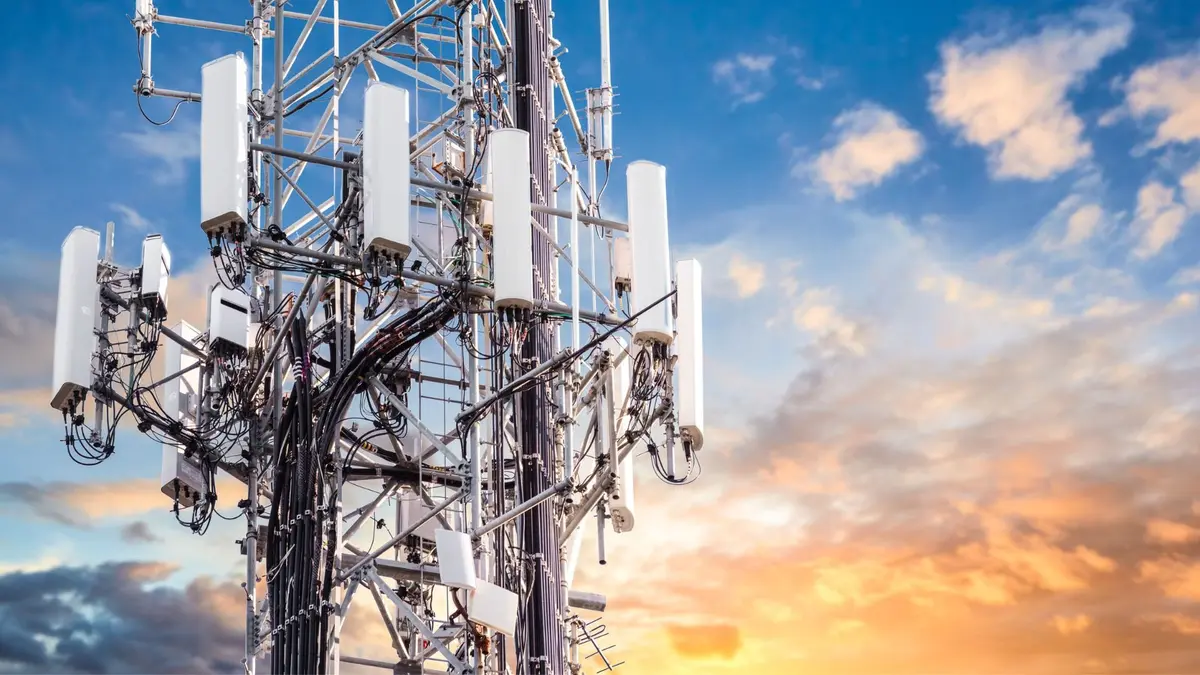
In such scenarios, the jammer’s power is often lower than the base station’s, meaning mobile jamming distance in urban areas is typically just a few meters to a few dozen meters—far less than drone jamming, which can reach over a kilometer.
Different drones respond differently to jamming.For instance, DJI, the market leader, has used its proprietary OcuSync transmission system since 2018. As of June 2025, the latest version is O4+, featured in the DJI Mavic 4 Pro.
Below is a reference chart of DJI drone models and the transmission version used.
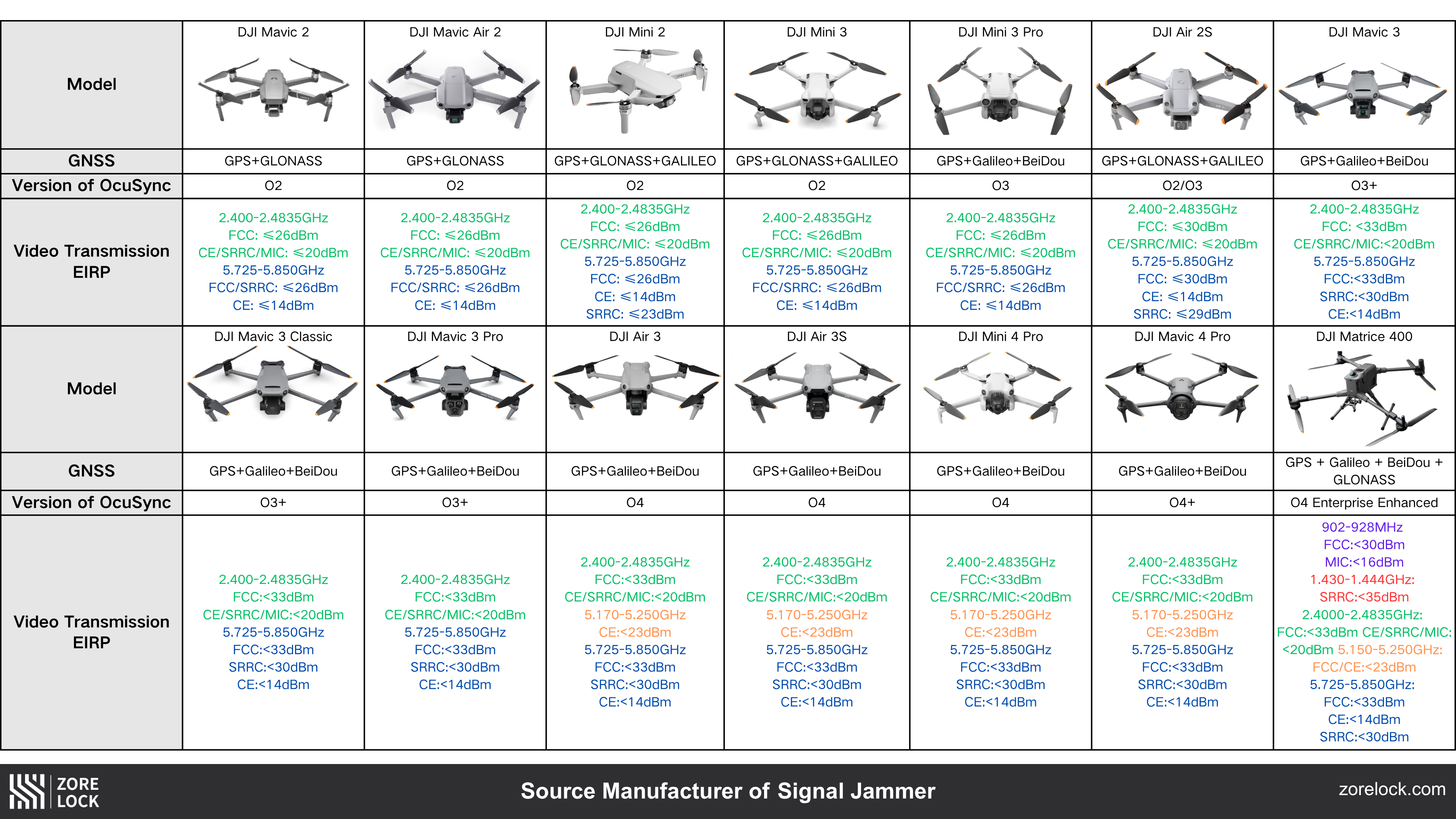
The jump from O2 to O4 transmission includes a major power increase. Under FCC regulations, O4’s 5.8GHz output reaches 33dBm, more than double O2. This translates to a significant difference in actual jamming distance.
During the procedure of jamming, when the drone’s video and control signals are completely jammed, the distance between the jammer and drone is called the jamming distance. Meanwhile, the distance between the remote controller and the drone is the communication distance.
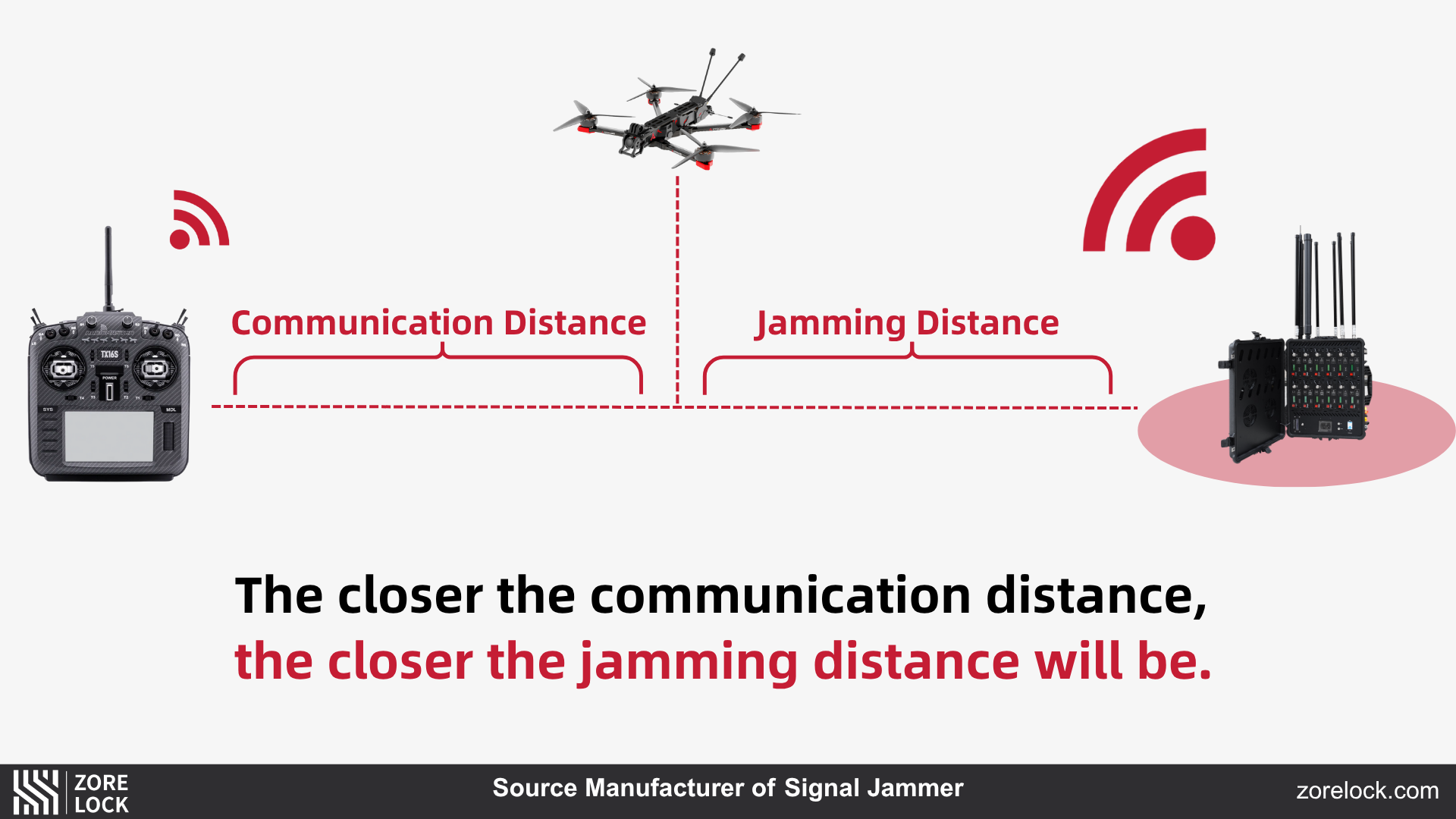
The closer the drone is to the remote controller, the stronger the signal between them—making it harder to jam.
Jammers work by overpowering the target signal with stronger signals in the same frequency band. But like any radio signal, jamming signals can be blocked by physical obstacles such as buildings, hills, and trees.These barriers reduce the effective jamming range.
Below is a reference chart showing typical jamming distances in different scenarios.
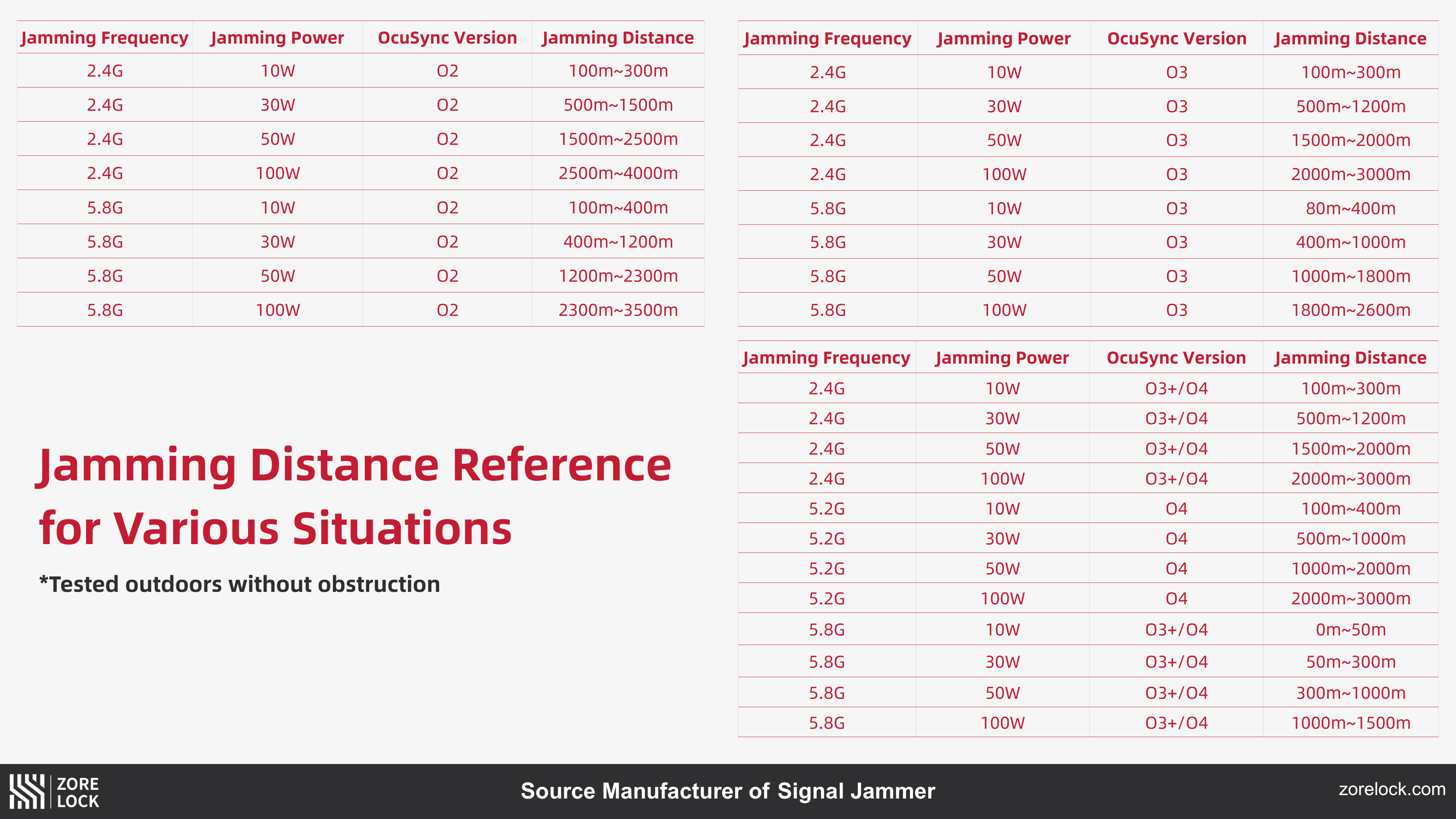
If you still have questions about signal jammer performance, don’t hesitate to Contact Us!
 Send your inquiry
Send your inquiry0